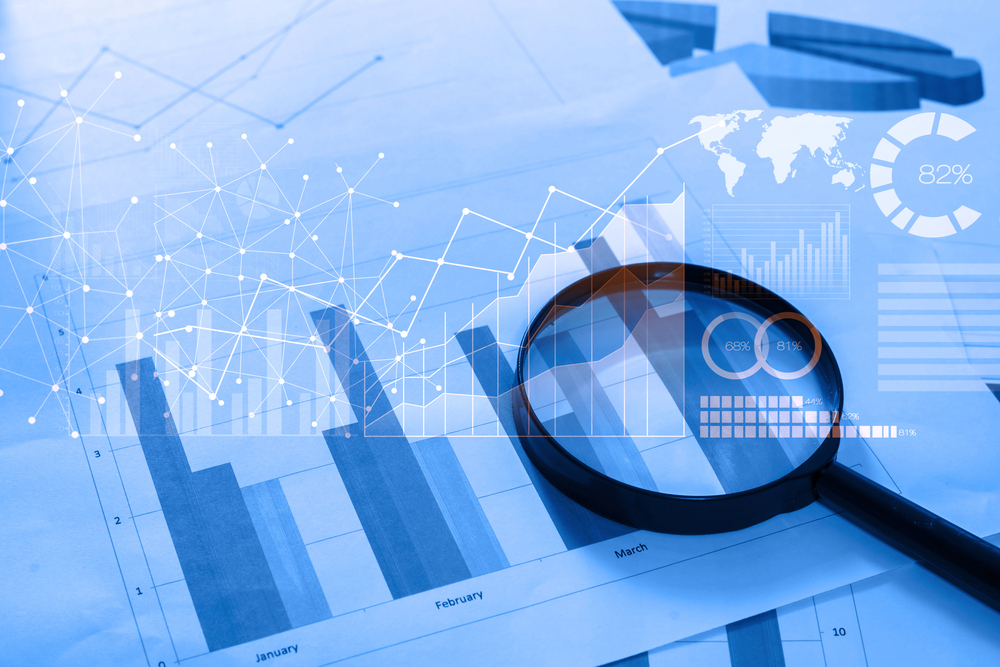Avoid the HiPPO! These three words can change the way anyone does business for the better. I will explain what I mean here at the end.
First, it’s time to confront a cold truth. Like it or not, data analytics is becoming an increasingly important part of the business world, including the legal profession. For attorneys of all stripes then, that means it’s important to understand how data analytics works, what it involves, and where it can be used.
Steps in Data Analytics
Understanding data analytics means starting by understanding the steps that all data analytics and business intelligences processes take.
Effective business analytics requires all five of these steps and it truly is a process. Any firm that sets out to use data on a one-off quick project is going to find themselves a victim of the garbage-in, garbage-out paradigm. Much of the consulting work that I do for firms is around using data to analyze business issues, and it’s very common for me to get a phone call from a potential client that has already tried to do a data analytics project quickly on their own often as a side task for one employee. It almost never works.
Nonetheless, data analytics is still crucial for businesses of all sizes today including attorneys.
Where Can Data Analytics Be Used?
Data analytics including predictive analytics (making data-driven predictions related to business issues) is useful for attorneys in a broad variety of areas. Small law firms can use data analytics to optimize pricing and discounts for clients, large law firms can use data analytics to help corporate clients determine lawsuit risks and the probabilities of a loss in a trial setting, litigation finance funds can use data analytics to value and assess particular claims, and securities lawyers can help clients understand risks from regulators using tools like the SEC’s new API measure or the any of the litany of other data-related flagging tools.
Anyone reading this can probably come up with questions they have about their own business that can be answered with data analytics. The biggest constraints on data analytics are not about having a question that requires numbers or math to answer — textual analysis can answer many nonmathematical questions. Rather the questions that data analytics can answer are those not based on a subjective opinion.
What is the risk of a lawsuit to firm XYZ given all of the characteristics particular to firm XYZ? That’s a data analytics question. What should I have for dinner tonight? That is not something data analytics can help with.
Learn more about:
Where the Data Comes from &
What is involved in Data Analysis at AboveTheLaw.com.

